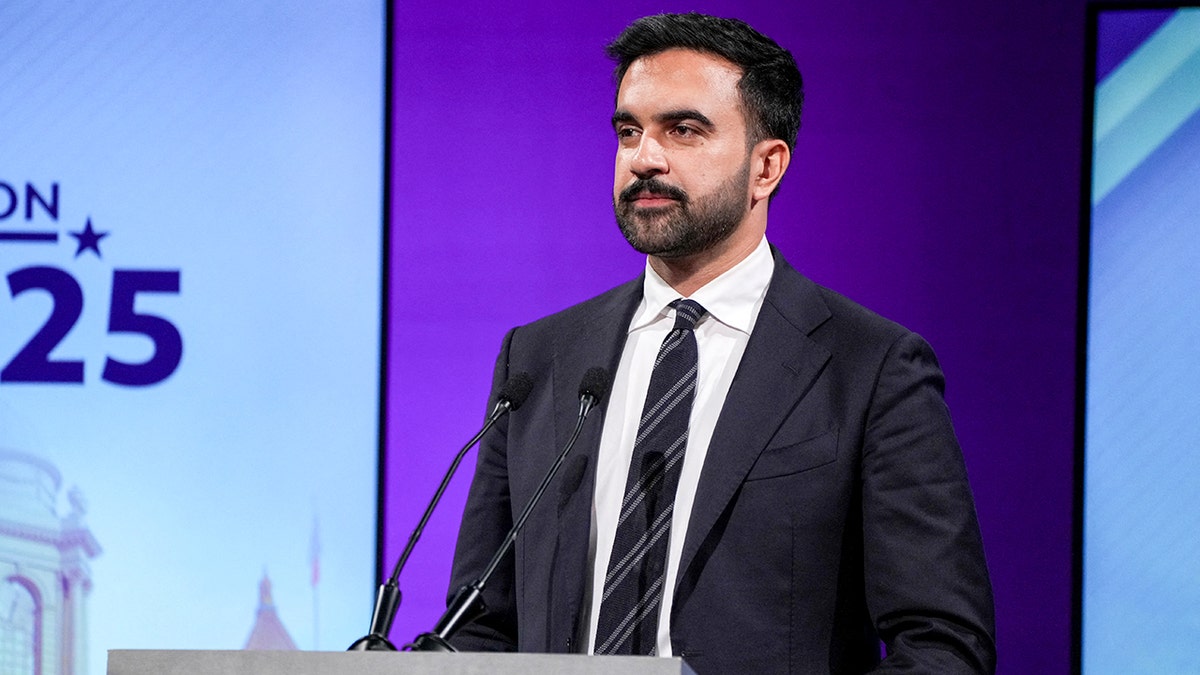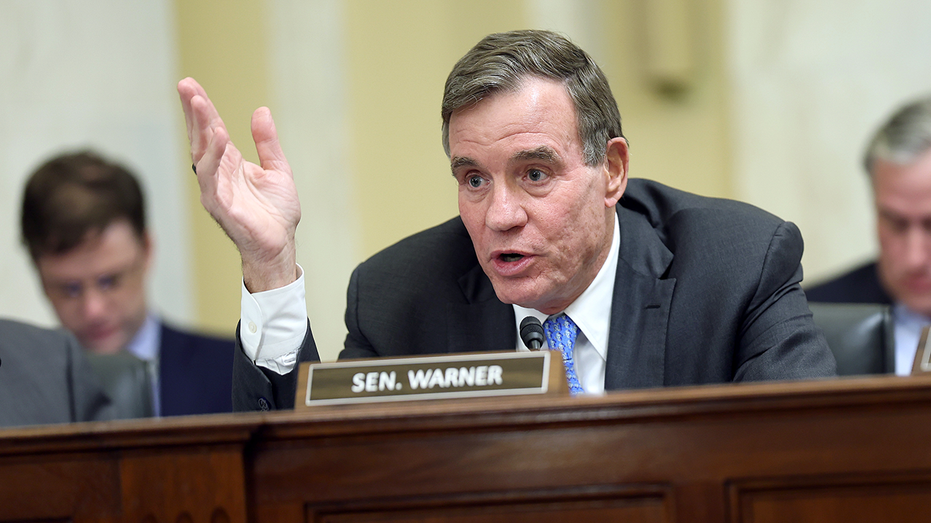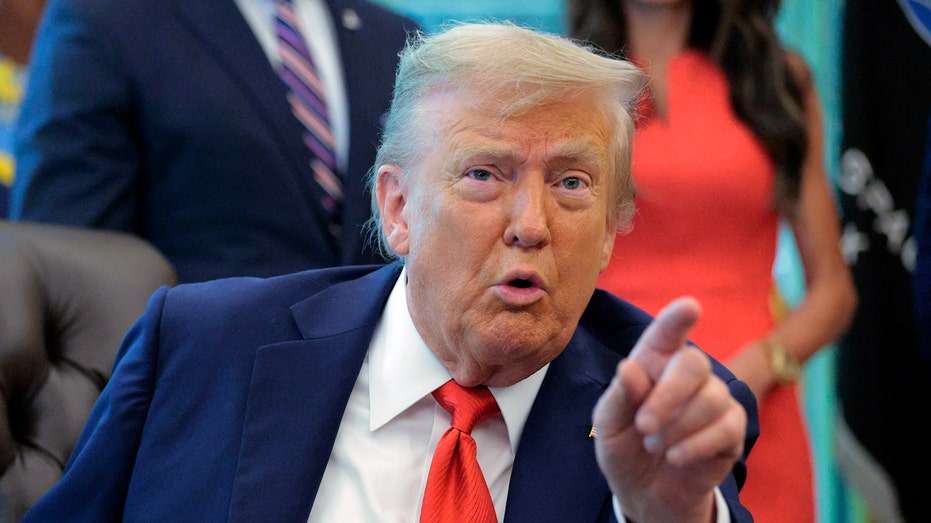The race for New York City’s mayor remains fiercely contested, though Democratic nominee Zohran Mamdani currently holds a double-digit lead. Recent polling reveals a tightening contest, a shift from earlier in October when his advantage appeared more secure.
Mamdani now stands at 47% support among likely voters, while Republican Curtis Sliwa trails at 15%, and independent Andrew Cuomo garners 31%. This represents a decrease from a 24-point lead just weeks ago, a notable erosion as the election nears.
Interestingly, even former mayor Eric Adams, who has withdrawn from the race, still appears on the ballot with 2% support. His continued presence underscores the complexities of the electoral landscape.
Mamdani’s strength lies with very liberal voters (85%), those under 30 (73%), and younger men and women (69% and 65% respectively). However, he’s observed a slight dip in support among young women and core Democratic voters.
Cuomo, meanwhile, draws significant backing from Jewish voters (55%), seniors (43%), and older women (42%). He also resonates with White voters without a college degree, capturing 42% of their support.
A distinct gender gap is emerging. Mamdani leads among men (51%), while Cuomo finds more support with women (35%). This divergence highlights differing priorities and concerns among male and female voters.
The shifting allegiances of Trump supporters are also noteworthy. Sliwa’s support within this group has fallen from 60% to 47%, with a significant portion now backing Cuomo (38%) or Mamdani (7%).
Mamdani commands a strong majority of nonwhite voters, including 52% of Black voters and 60% of Hispanic voters. However, both he and Cuomo have experienced a slight decline in support within the Black community.
In a hypothetical head-to-head matchup, Mamdani’s lead shrinks to 10 points, indicating Cuomo’s potential to consolidate support if the field narrows. This suggests the race is far from decided.
Enthusiasm remains a key factor. Mamdani’s supporters express a higher level of certainty and eagerness to vote (78% extremely or very enthusiastic, 91% certain of their choice) compared to those backing Sliwa or Cuomo.
However, Cuomo’s supporters are growing more resolute in their decision, showing a 9-point increase in certainty compared to mid-October. This suggests a potential late surge in momentum.
A significant number of young voters, particularly young women, are motivated to participate, with over 40% of those under 30 planning to vote for the first time. Their turnout will be crucial.
Analysts emphasize that turnout is paramount, especially given the controversial nature of the frontrunner. If young, inexperienced voters show up, Mamdani could secure a decisive victory, potentially even exceeding 50%.
Mamdani’s perceived strength on key issues has weakened slightly. While still viewed as the best candidate to handle the economy, his lead has narrowed by 5 points. Similar declines are seen on crime and taxes.
However, he maintains a substantial advantage on the issue of bringing needed change, with 50% believing he is best equipped to deliver it. This resonates particularly with voters seeking a fresh direction for the city.
A stark generational divide defines the election. Younger voters are drawn to Mamdani’s promise of change, while seniors express concerns about potential instability. This fundamental difference shapes voter preferences.
Cuomo has attempted to capitalize on anxieties about public safety under Mamdani, potentially gaining some traction. But time is running short, and a dramatic shift in support remains unlikely.
Both Mamdani and Cuomo have seen their favorability ratings decline in recent weeks. Mamdani’s net positive rating has dropped from +23 to +12, while Cuomo’s remains negative, worsening from -1 to -8.
Conversely, Sliwa and even Donald Trump have experienced increases in their favorable net ratings, suggesting a degree of resilience among their respective bases.
The candidates’ positions on Israel are also a factor, with nearly half of voters considering it important to their choice. Mamdani leads across all levels of importance assigned to the issue.
The poll, conducted from October 24-28, 2025, surveyed 1,107 registered New York City voters with a margin of error of ±3 percentage points, offering a detailed snapshot of the evolving electorate.






